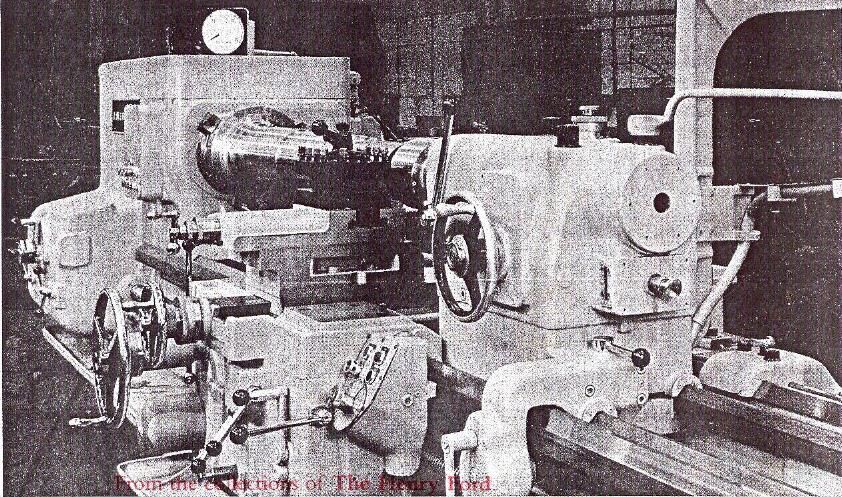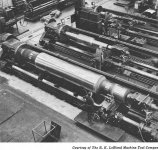Tyrone Shoelaces
Diamond
- Joined
- Apr 19, 2006
- Location
- Manchester, England
Wasn't too many years before this one was built that L&S was directing you NOT to bolt them down, ever.
M'm, interesting. I wonder what L&S were saying in their most recent publications ? More to the point what instructions did " American Tool " give regarding the installation of the Pacemaker ? If they said " Just leave it where you feel like it boys " I'll eat my hat. I've only ever come across one other manufacturer that actually didn't want you bolt their lathes down. They tried to make sure you didn't by not putting any holes in the machine base. Their concern was that the lathe would be installed incorrectly. These were Turret and Capstan lathes, it made life interesting when they came with a bar feed that had to be bolted down. Regards Tyrone.
Last edited:








